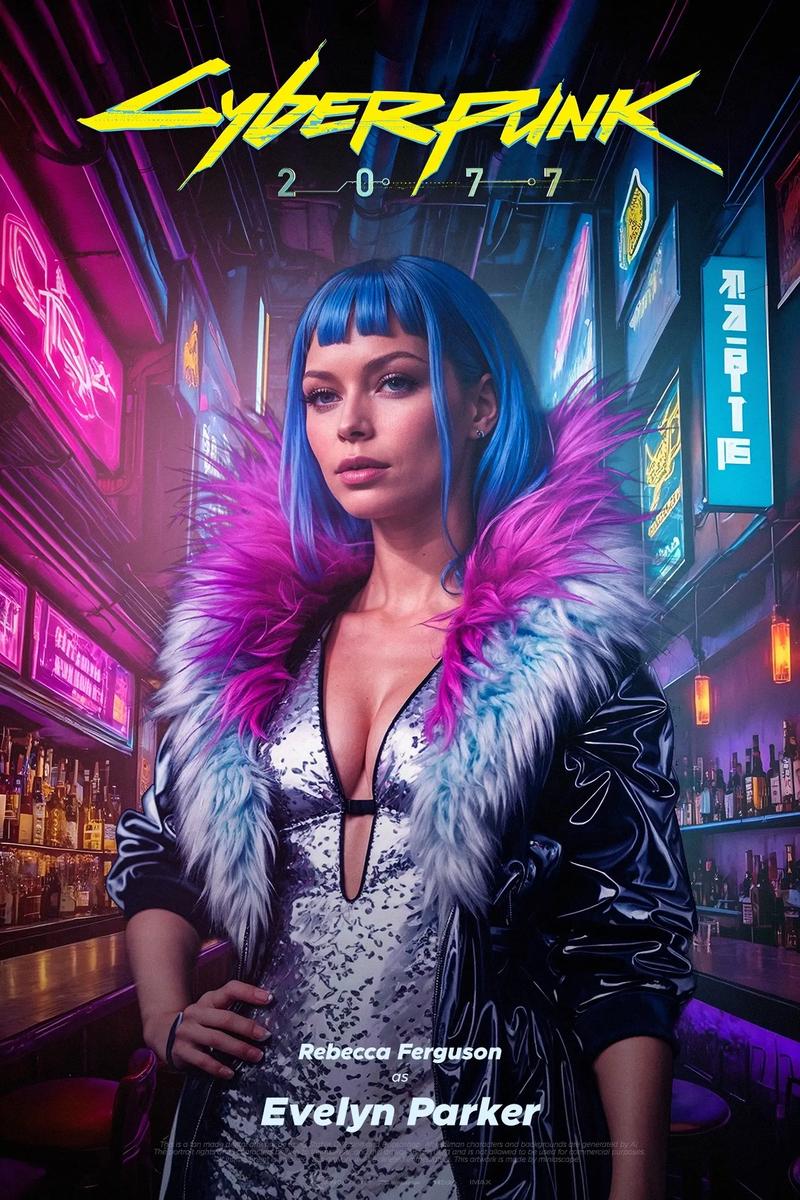What Makes a Great Source for AAA Game News?
In the fast-paced world of video games, staying informed about the latest AAA titles—blockbuster games developed by major studios with substantial budgets—is crucial for enthusiasts, critics, and industry professionals alike. The demand for timely, accurate, and engaging news is higher than ever, but not all sources are created equal. So, what distinguishes a great source for AAA game news? The answer lies in a combination of credibility, comprehensiveness, timeliness, analytical depth, and community engagement.
Credibility and Journalistic Integrity
At the core of any reputable news source is credibility. For AAA game news, this means a commitment to factual reporting, transparency, and ethical journalism. Great sources prioritize verification over speed, ensuring that rumors are clearly labeled as such and that official announcements are reported with context and accuracy. Outlets like IGN, GameSpot, and Eurogamer have built their reputations on rigorous editorial standards, avoiding the pitfalls of sensationalism or clickbait that can plague less scrupulous sites.
Credibility also involves independence. A great source maintains a clear separation between editorial content and commercial interests. While advertising and partnerships are common in the industry, the best outlets disclose conflicts of interest and avoid letting financial relationships influence their coverage. This integrity fosters trust, allowing readers to rely on the source for unbiased information.
Comprehensiveness and Depth
AAA game news isn’t just about announcing release dates or trailer debuts; it’s about providing context, analysis, and behind-the-scenes insights. A great source offers comprehensive coverage that includes:

- Breaking News: Immediate updates on announcements, delays, or major events.
- In-Depth Features: Articles exploring development stories, interviews with developers, and analyses of industry trends.
- Reviews and Critiques: Thoughtful evaluations that go beyond scores, discussing gameplay, narrative, technical performance, and cultural impact.
- Post-Launch Coverage: Updates on patches, downloadable content (DLC), and community reactions long after a game’s release.
This breadth ensures that readers get a holistic view of the AAA landscape, from pre-release hype to post-launch support.
Timeliness and Accessibility
In the digital age, news breaks fast. A great source balances speed with accuracy, delivering updates as they happen without sacrificing reliability. Social media platforms like Twitter and YouTube have become vital for real-time updates, but the best sources complement these with detailed articles or videos that provide deeper context.
Accessibility is equally important. Content should be available across multiple platforms—websites, apps, podcasts, and video channels—catering to diverse audience preferences. For instance, Kinda Funny Games excels in combining quick daily news videos with longer, conversational podcasts, while Polygon offers written articles alongside video content.
Analytical Depth and Critical Perspective
Beyond reporting facts, a great source adds value through analysis and critique. AAA games are complex products involving artistic, technical, and business dimensions. Readers benefit from coverage that explores these facets, such as:
- Technical Analysis: Examining performance, graphics, and engine capabilities.
- Cultural Commentary: Discussing representation, societal themes, and the ethical implications of game design.
- Industry Insights: Analyzing market trends, business strategies, and the impact of corporate decisions (e.g., mergers, acquisitions, or layoffs).
Outlets like Digital Foundry are renowned for their technical deep dives, while The Washington Post’s gaming section often incorporates broader cultural perspectives. This critical approach helps readers understand not just what is happening, but why it matters.
Community Engagement and Interactivity
The line between news consumers and creators has blurred, and great sources embrace this by fostering community interaction. This includes:
- Reader Comments and Forums: Encouraging respectful discussion and feedback.
- Social Media Presence: Engaging with audiences on platforms like Reddit, Discord, or Twitter.
- User-Generated Content: Incorporating community opinions, fan theories, or mod highlights into coverage.
Sources that listen to their audience—such as Giant Bomb, known for its community-driven content—create a sense of belonging and loyalty. This interactivity also provides valuable feedback, helping outlets refine their coverage to meet audience needs.
Multimedia Excellence
AAA games are visual and auditory experiences, and great news sources leverage multimedia to enhance their storytelling. High-quality videos, podcasts, screenshots, and infographics can make coverage more immersive and engaging. For example, Game Informer’s documentary-style features and Easy Allies’ polished video reviews demonstrate how multimedia can elevate game journalism.
Ethics and Inclusivity
Finally, a great source champions ethical practices and inclusivity. This means diversifying voices in both staffing and content, ensuring coverage reflects a wide range of perspectives. It also involves advocating for better industry practices, such as crunch culture reform or fair treatment of workers. Outlets like Kotaku have been instrumental in highlighting labor issues within game development, contributing to meaningful change.
Conclusion
In summary, a great source for AAA game news is more than just a bulletin board for announcements. It is a trusted, comprehensive, and engaging platform that combines credibility with depth, timeliness with analysis, and community interaction with multimedia excellence. As the gaming industry continues to evolve, the best sources will be those that adapt while坚守ing these core principles, empowering readers to navigate the exciting world of AAA games with confidence and insight.














